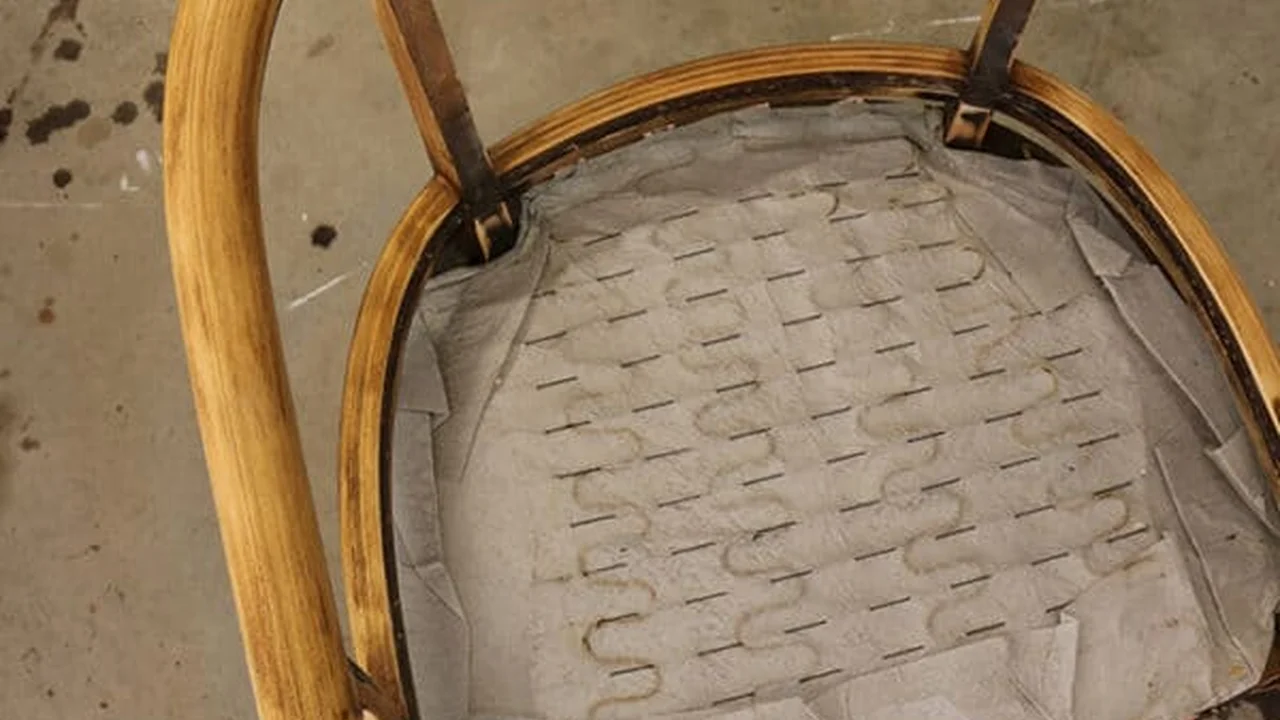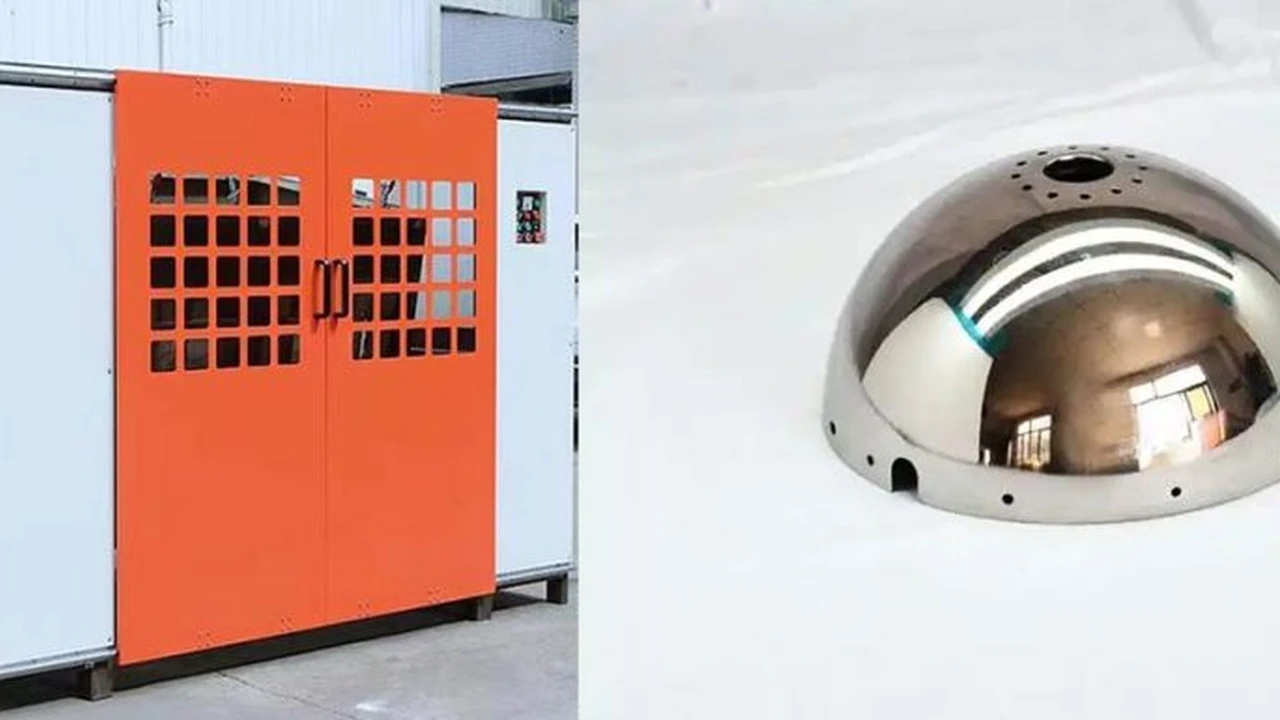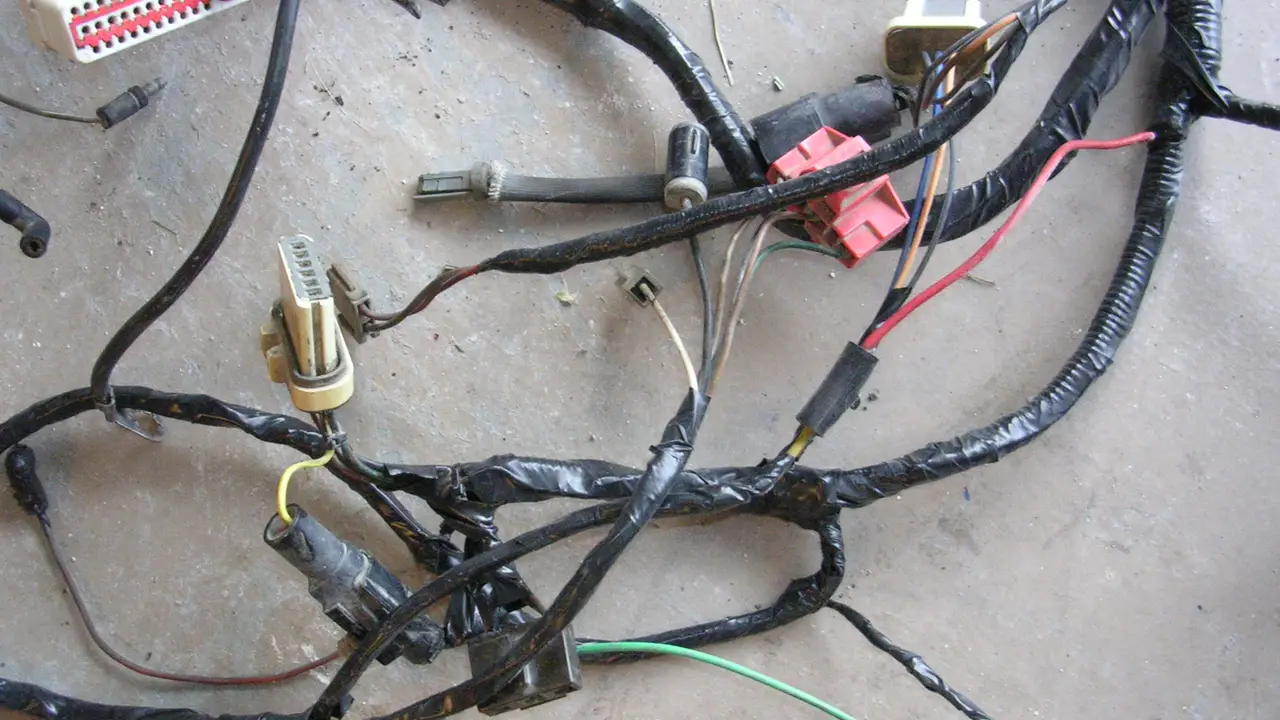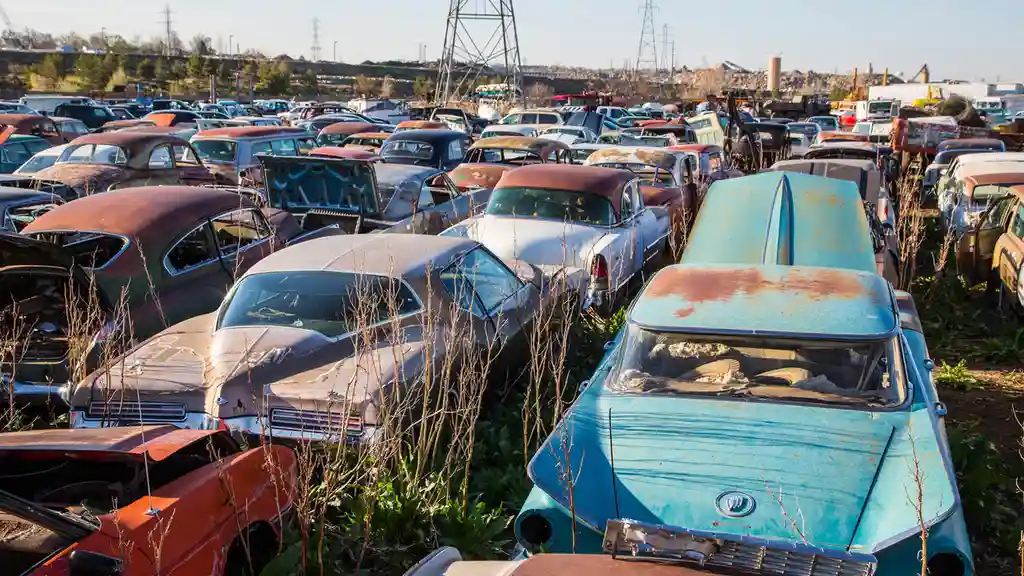Restoring Carpets: A Complete Guide
Restore your classic car's dashboard by repairing cracks and fading. Learn about different repair techniques and materials. Improve the appearance of your interior.
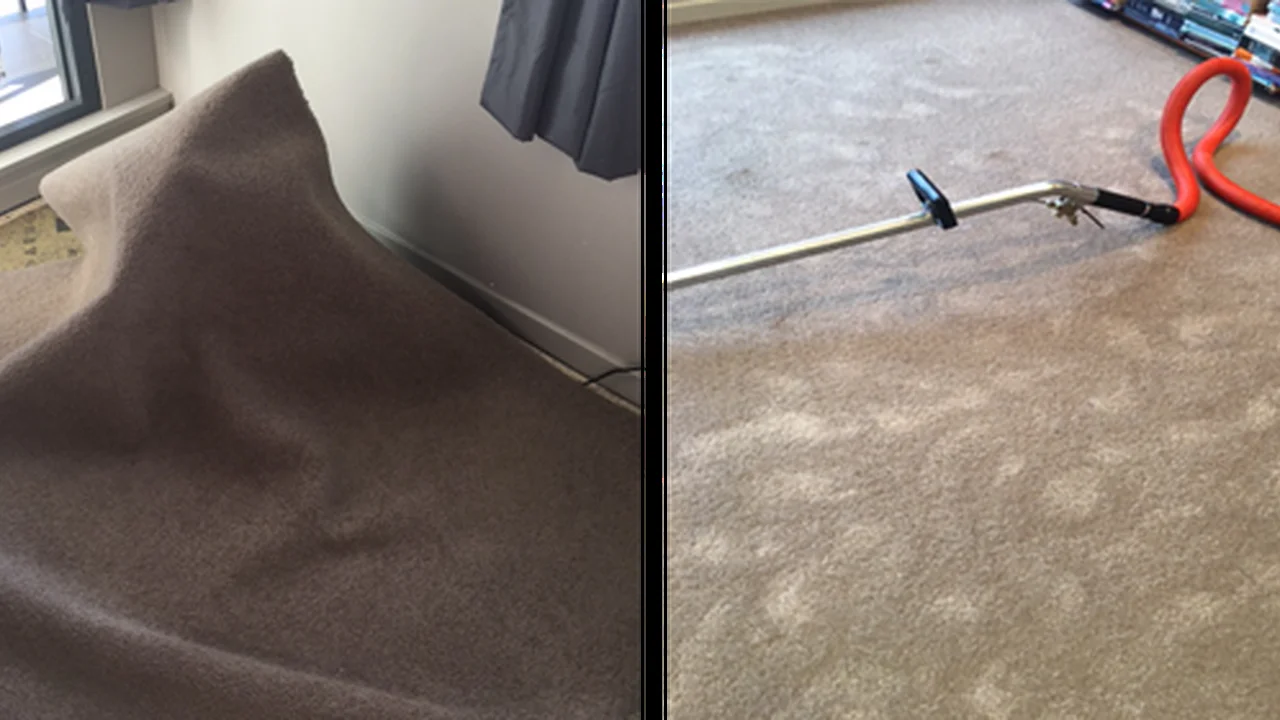
Understanding Classic Car Dashboard Damage Types
Okay, let's talk dashboards. In classic cars, they're usually one of the first things to show their age. We’re talking cracks, fading, warping – the whole shebang. Why? Because they're constantly exposed to sunlight and temperature changes. Knowing what you're dealing with is half the battle.
- Cracks: These are super common, especially on vinyl or plastic dashboards. Sun exposure dries out the material, making it brittle and prone to cracking.
- Fading: UV rays are the enemy here. They bleach the color out of the dashboard over time, leaving it looking dull and lifeless.
- Warping: Extreme heat can cause the dashboard to warp and deform. This is more common in older cars with less robust materials.
- Discoloration: Spills, cleaners, and even just general grime can cause discoloration. This can be tough to remove without damaging the dashboard further.
- Delamination: This happens when the layers of the dashboard separate, usually on dashboards with a foam core.
DIY vs Professional Dashboard Restoration Services
Alright, should you tackle this yourself, or call in the pros? That's the million-dollar question (well, maybe not a million, but you get the idea). DIY is definitely cheaper, but it requires some patience and skill. Professional restoration guarantees a top-notch job, but it'll cost you.
DIY Dashboard Restoration:
- Pros: Lower cost, satisfaction of doing it yourself, control over the process.
- Cons: Requires time, skill, and specialized tools, potential for mistakes that could worsen the damage.
Professional Dashboard Restoration:
- Pros: High-quality results, expert craftsmanship, saves time and effort.
- Cons: Higher cost, less control over the process, need to find a reputable restorer.
If you're comfortable with basic tools and have some experience with auto restoration, DIY might be a good option. But if you're dealing with significant damage or want a flawless finish, professional restoration is the way to go.
Essential Tools and Materials for Dashboard Repair
So, you're going the DIY route? Awesome! Here's what you'll need to gather. Getting the right tools makes a huge difference.
- Cleaning Supplies: Mild soap, water, microfiber cloths, vinyl cleaner.
- Crack Filler: Flexible epoxy or vinyl repair compound.
- Sandpaper: Various grits (220, 400, 600, 800).
- Primer: Automotive-grade primer compatible with your dashboard material.
- Paint: Automotive-grade paint that matches your dashboard color. Consider SEM Color Coat.
- Clear Coat: Automotive-grade clear coat for protection and shine.
- Spray Gun or Aerosol Cans: For applying primer, paint, and clear coat.
- Masking Tape and Paper: To protect surrounding areas.
- Putty Knife or Spreader: For applying crack filler.
- Sandpaper Block: For even sanding.
- Heat Gun (Optional): For softening vinyl before applying filler.
- Safety Gear: Gloves, mask, eye protection.
Step-by-Step Guide to Dashboard Crack Repair
Alright, let's get our hands dirty. Here’s a step-by-step guide to fixing those annoying cracks. Take your time and be meticulous – it'll pay off in the end.
- Clean the Dashboard: Use mild soap and water to remove any dirt, grime, or grease. Dry thoroughly.
- Prepare the Cracks: Widen the cracks slightly with a sharp tool to create a better surface for the filler to adhere to. Be careful not to damage the surrounding area.
- Apply Crack Filler: Use a putty knife or spreader to apply the crack filler to the cracks. Overfill slightly to allow for sanding.
- Let the Filler Dry: Allow the filler to dry completely according to the manufacturer's instructions. This may take several hours or even overnight.
- Sand the Filler: Start with 220-grit sandpaper to remove the excess filler and level it with the surrounding surface. Gradually move to finer grits (400, 600, 800) to smooth the surface.
- Clean the Surface: Use a tack cloth to remove any sanding dust.
- Apply Primer: Apply a thin, even coat of automotive-grade primer to the repaired area. Allow it to dry completely.
- Sand the Primer: Lightly sand the primer with 600-grit sandpaper to create a smooth surface for the paint.
- Apply Paint: Apply several thin, even coats of automotive-grade paint to the repaired area. Allow each coat to dry completely before applying the next.
- Apply Clear Coat (Optional): Apply a thin, even coat of automotive-grade clear coat to protect the paint and enhance the shine. Allow it to dry completely.
- Buff and Polish (Optional): Buff and polish the repaired area to achieve a smooth, glossy finish.
Choosing the Right Products for Your Dashboard Restoration Project
Okay, let's talk specific products. There are tons of options out there, but here are a few that I've found to be reliable and effective. Always read reviews and consider your specific needs before making a purchase.
- SEM Products Color Coat: This is a fantastic product for restoring the color of vinyl and plastic dashboards. It's available in a wide range of colors and provides a durable, factory-like finish. A 16-ounce aerosol can typically costs around $20-$30. Use it to recolor faded dashboards after cleaning and prepping the surface.
- 3M Flexible Parts Repair: This epoxy is great for filling cracks and gaps in dashboards. It's flexible, so it won't crack easily, and it sands down smoothly. Expect to pay around $25-$40 for a tube. Ideal for larger cracks and areas with significant damage.
- KBS Coatings DiamondFinish Clear: If you want to add a clear coat for extra protection and shine, this is a great option. It's incredibly durable and resistant to scratches and UV damage. A quart typically costs around $50-$70. Use it over your paint to protect it from the elements and give it a glossy finish.
- Meguiar's Interior Detailer: This is a great all-around cleaner for dashboards. It's safe for vinyl, plastic, and leather, and it leaves a nice, natural finish. A 16-ounce bottle typically costs around $10-$15. Use it for regular cleaning and maintenance to keep your dashboard looking its best.
Matching the Original Dashboard Color
Getting the color right is crucial. You don't want your repaired area to stick out like a sore thumb. Here’s how to nail it.
- Find the Paint Code: Check your car's documentation or look for a sticker on the car itself (usually in the door jamb or under the hood). The paint code will tell you the exact color of your dashboard.
- Use a Color Matching Service: Many auto paint suppliers offer color matching services. Bring a sample of your dashboard (or a piece of it) to the store, and they can use a spectrophotometer to match the color perfectly.
- Test the Paint: Before painting the entire dashboard, test the paint in an inconspicuous area to make sure it's a good match.
Protecting Your Restored Dashboard
You've put in all this work, so you want to make sure your restored dashboard stays looking good for years to come. Here are some tips for protecting it.
- Use a Sunshade: A sunshade will block the sun's rays and prevent the dashboard from fading and cracking.
- Park in the Shade: When possible, park your car in the shade to protect it from the sun.
- Regular Cleaning: Clean your dashboard regularly with a mild soap and water to remove dirt and grime.
- Apply a UV Protectant: Apply a UV protectant to your dashboard regularly to protect it from the sun's harmful rays.
- Avoid Harsh Cleaners: Avoid using harsh cleaners or solvents on your dashboard, as they can damage the material.
Alternative Dashboard Restoration Techniques
Besides crack repair, there are other techniques you might need to use, depending on the type of damage.
- Vinyl Repair Kits: These kits are designed specifically for repairing vinyl dashboards. They usually include a heat tool and a variety of textured patches to match the original finish.
- Dashboard Covers: If your dashboard is severely damaged, you might consider installing a dashboard cover. These covers are custom-made to fit your car's dashboard and can hide cracks and other imperfections.
- Professional Refinishing: For dashboards with significant damage, professional refinishing might be the best option. This involves stripping the dashboard down to the bare material and applying a new finish.
Troubleshooting Common Dashboard Restoration Problems
Sometimes things don't go according to plan. Here are some common problems and how to fix them.
- Paint Not Matching: Double-check the paint code and make sure you're using the correct paint. If the paint still doesn't match, try using a color matching service.
- Filler Cracking: Make sure you're using a flexible filler that's designed for automotive use. Also, make sure you're not applying the filler too thickly.
- Peeling Paint: Make sure you're properly prepping the surface before painting. Sand the surface thoroughly and apply a primer.
- Uneven Finish: Apply thin, even coats of paint and clear coat. Use a spray gun for best results.
Cost Considerations for Dashboard Restoration
Let's break down the cost of restoring your dashboard. This will help you budget and decide if DIY or professional restoration is the way to go.
- DIY: Materials (cleaner, filler, sandpaper, primer, paint, clear coat) can range from $50 to $200, depending on the quality and quantity of products you choose. Tools (spray gun, sandpaper block, etc.) can add another $50 to $100 if you don't already have them.
- Professional: Expect to pay anywhere from $300 to $1000 or more for professional dashboard restoration, depending on the extent of the damage and the complexity of the job.
Finding a Reputable Dashboard Restoration Specialist
If you're going the professional route, it's crucial to find a reputable restorer. Here's how:
- Ask for Recommendations: Ask friends, family, or members of classic car clubs for recommendations.
- Check Online Reviews: Read online reviews to see what other customers have to say.
- Look at Portfolios: Ask to see examples of the restorer's previous work.
- Get Multiple Quotes: Get quotes from several restorers before making a decision.
- Check for Insurance and Licensing: Make sure the restorer is insured and licensed.
Maintaining the Value of Your Classic Car Through Dashboard Restoration
Restoring your dashboard isn't just about aesthetics; it's also about maintaining the value of your classic car. A well-maintained interior, including the dashboard, can significantly increase the car's value.
By following these tips, you can restore your classic car's dashboard to its former glory and enjoy a beautiful, comfortable interior for years to come. Good luck with your restoration project!
:max_bytes(150000):strip_icc()/277019-baked-pork-chops-with-cream-of-mushroom-soup-DDMFS-beauty-4x3-BG-7505-5762b731cf30447d9cbbbbbf387beafa.jpg)



